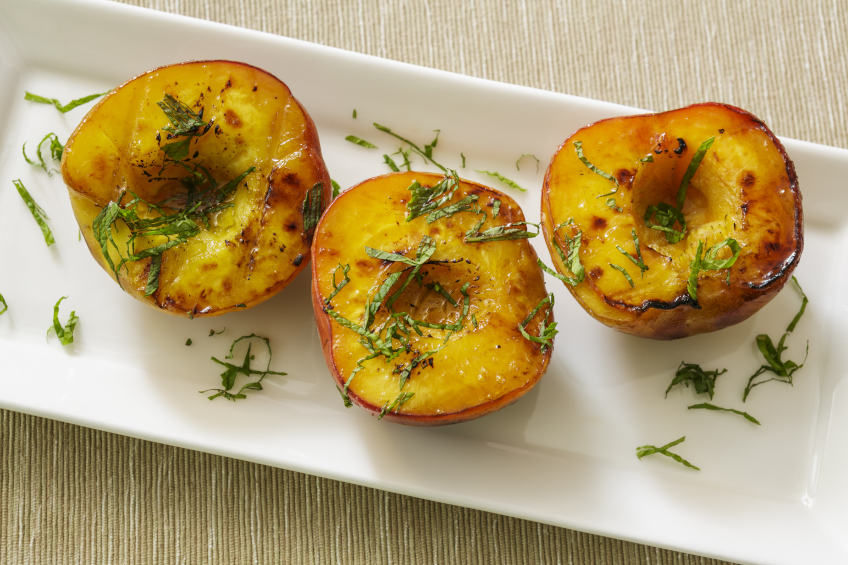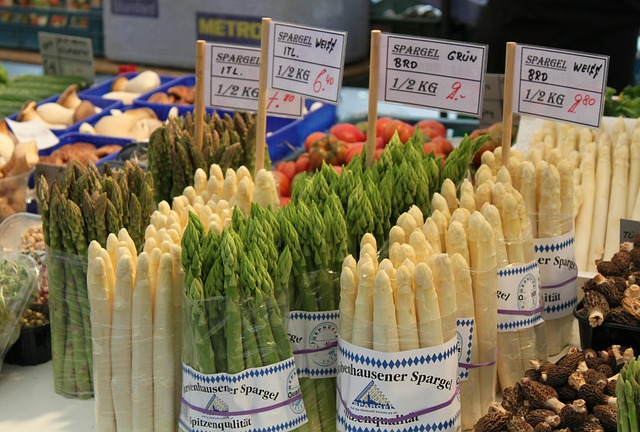
In my last article, I discussed the importance of cooking skills 101, and how Chef de Cuisine Joey Delago's class explains each task and its associated skill. I covered the application of various task-based categories of cooking skills, such as activating yeast and making stock. These skills are critical for any chef, and a list of them can help you decide which ones should be mastered and which ones to ignore. This article will discuss some skills that you need to master before moving on to the next stage of your culinary journey.
Chef de Cuisine Joey DeLago's cooking skills 101 class
Chef de Cuisine Joey DeLago's cooking skills 101 class can help you learn the basics of cooking. This hands-on class covers the essential culinary skills that you need to prepare a multi-course meal. Joey will share tips on how to plan, prepare ahead, timing, and present your meal. Plus, you'll be able to share your finished meal with other home chefs!
Cooking skills that are task-oriented
The Food Agency defines cooking skills to be a set knowledge, skills, or practices that help you eat a nutritious diet. This framework recognizes many barriers to healthy diets lie in the environment. But it focuses primarily on encouraging food skills through the implementation of appropriate measures. These measures should be clear and easy to comprehend, linked to other domains, applicable to a wide range sociodemographic levels, and easily applied. The following four categories address some of the most urgent issues related to food skill.

Activating yeast
If you are using yeast in your cooking, it is important to learn how to activate it. To activate the yeast, heat some water from your tap and then run some hot water through it. In some cases you may also need sugar or water. Here are some tips that will help activate your yeast. Once your yeast is bubbly, it's ready to be used. It is essential to activate yeast during cooking for baking success.
Making stocks
A stock can enhance the flavor of your meals and give depth to your dish. Stocks can be made using vegetables, meat, and seafood. Although you can use bottled water for making your stock, you might prefer to use the store-bought filtered water. There are many different types of stock recipes available, and it is important to follow a few basic guidelines to ensure that your stock is as flavourful as possible.
Whipping cream
Whipping cream can be used to decorate cakes and other desserts. It is very easy to make. However, there are some important points to keep in your mind when making this classic dessert. Although it appears to be slightly melted, it is actually quite different. Instead of a sloppy consistency, whipped cream should be a fluffy, slightly curved peak that sticks to the whisk and doesn't dissolve right away. Soft peaks can also be made by beating the cream using a spoon until the cream holds its shape.

Melting chocolate
Learn how to melt chocolate if you are looking to make delicious desserts. This is a complicated task. Here are some tips to help make the process easier. You must first know the right technique. There are two main ways to melt chocolate. Double boiler refers to a heatproof container or pan with a glass- or stainless-steel-bottom that is placed over a pot of simmering, boiling water. This method should not be used quickly and the water should not get into the bowl.
FAQ
What should a beginner cook start with?
A beginner should start cooking something easy, like pasta, rice, or soup. Learn how to cook with a recipe book, YouTube video or other resources. Cooking is fun when you do it with someone else. Try cooking together as a family, or have friends share the experience.
Do I have to go to culinary school in order to be a professional chef?
No. Many chefs started their careers by learning on their own. Some even went to culinary school just to gain experience. But most chefs prefer culinary school as it offers them more opportunities for learning and growth. Culinary schools offer hands-on training which allows students to improve their skills and knowledge of cooking.
Can I learn how to cook together with my children?
Yes! Yes! It's an enjoyable activity that teaches responsibility and teamwork. From washing vegetables to chopping onion, children can help. You will have your children enjoy helping you cook as long as they follow safe procedures when using knives.
How can I learn to cook like the pros?
Cooking is one of the best ways to become a better person. It is a great way for self-confidence to learn how to cook healthy food. If you want to be able to cook well, then start cooking at home. First, find out which recipes appeal to you. Next, study books about different foods like Chinese, Mexican and Italian. Finally, practice making different dishes until you feel comfortable doing them.
Are there any ingredients I can buy to cook?
There is no need to purchase all the ingredients. Many grocery stores carry pre-made sauces and items that can be used as substitutes. If you are looking to save money, premade meals may be a good option.
What are the health benefits of slow cooking?
Slow cookers allow you to make delicious meals with minimal effort. Slow cooker recipes are more healthy than traditional dishes because they use less oil. Also, slow cooker recipes are easy to use because they do all the work while you sleep.
Statistics
- under 10 Kids have been taught that there is special food just for them, and Fiese says that 10 percent of kids will throw a tantrum if they don't get the food they want. (washingtonpost.com)
- According to the BLS, chefs earn $58,740 a year. (learnhowtobecome.org)
- In the United States, the category is estimated at $23.2 billion annually and is growing faster than the market. (washingtonpost.com)
External Links
How To
How to make a perfect Omelette
Omelets are a favorite breakfast food of mine. But how do you make them perfectly? Many different recipes and methods have failed to work for me. So I wanted to share some tips and tricks so that you can make delicious, fluffy omelets every morn.
We should first know that eggs are very temperamental ingredients when making omelets. The eggs must be fresh from an organic source and kept at room temperature until they are ready to be cooked. You must keep them cool enough to allow the whites to form properly and the yolks to become too runny if they're not kept at the right temperature. Your omelets will look strangely colored if this happens. It is best to use room-temperature eggs if you are going to cook them right away.
Another tip is to separate the egg before adding it to the pan. You don't want any white to get mixed up with the yolk because this could cause the omelet to curdle.
If you add the egg directly onto the stovetop, you might end up burning the bottom part of the egg, which would ruin the texture of your omelet. Instead, microwave the egg for 10 seconds before adding it to the pan. The microwave heat is sufficient to cook the egg without overcooking.
Next, let’s talk about mixing the egg. Mixing eggs together is important. You need to beat them well. Turn the bowl upside down and grab the whisk to do this. Next, shake the bowl vigorously. This will whip the air around the bowl and mix the egg well.
Now it's time to have fun: pour the milk into the mixture. Pour half the milk into the beaten egg mixture and then fold in the eggs. Do not worry if you see streaks of egg; they will disappear when the omelet is flipped.
After you have folded your eggs, heat up the oil on medium heat. Wait for it to get hot. Once the oil begins to heat, add 1/4 cup butter and swirl the pan to coat it. Now carefully crack open the lid of the pan and sprinkle salt into the pan. Salt will prevent the omelet sticking to the pan.
Once the omelet has formed, cover the pan again and wait for the top side to set completely. Flip the omelet with a spatula, or flip it upside down. Cook the opposite side for another minute. Serve immediately after removing the omelet from its pan.
This recipe works best when you use whole milk.